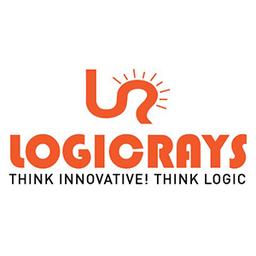Top Product Design Companies in Leeds
1 Companies
“We help you extend your tech stack with our valuable resources" LogicRays Technologies work with individual project ideas, B2B companies, ISVs, and tech agencies to scale and speed up their custom web/mobile or software development. Our web and eCommerce development teams help you decide the right technology stack, get the suitable resources based on the time zones and experience required, and get the technical procedures to follow. Expect us to work as your technical partners since we don't believe in stacking up the list of clients but our technology partners whose combined mission is to get the technical solution in an optimized time. Our resources are trained to go the extra mile in bringing the innovation to implementation and boil down the hard work to par excellence. From our deRead More
$25/hr
10 to 49
2010
United Kingdom (UK)
